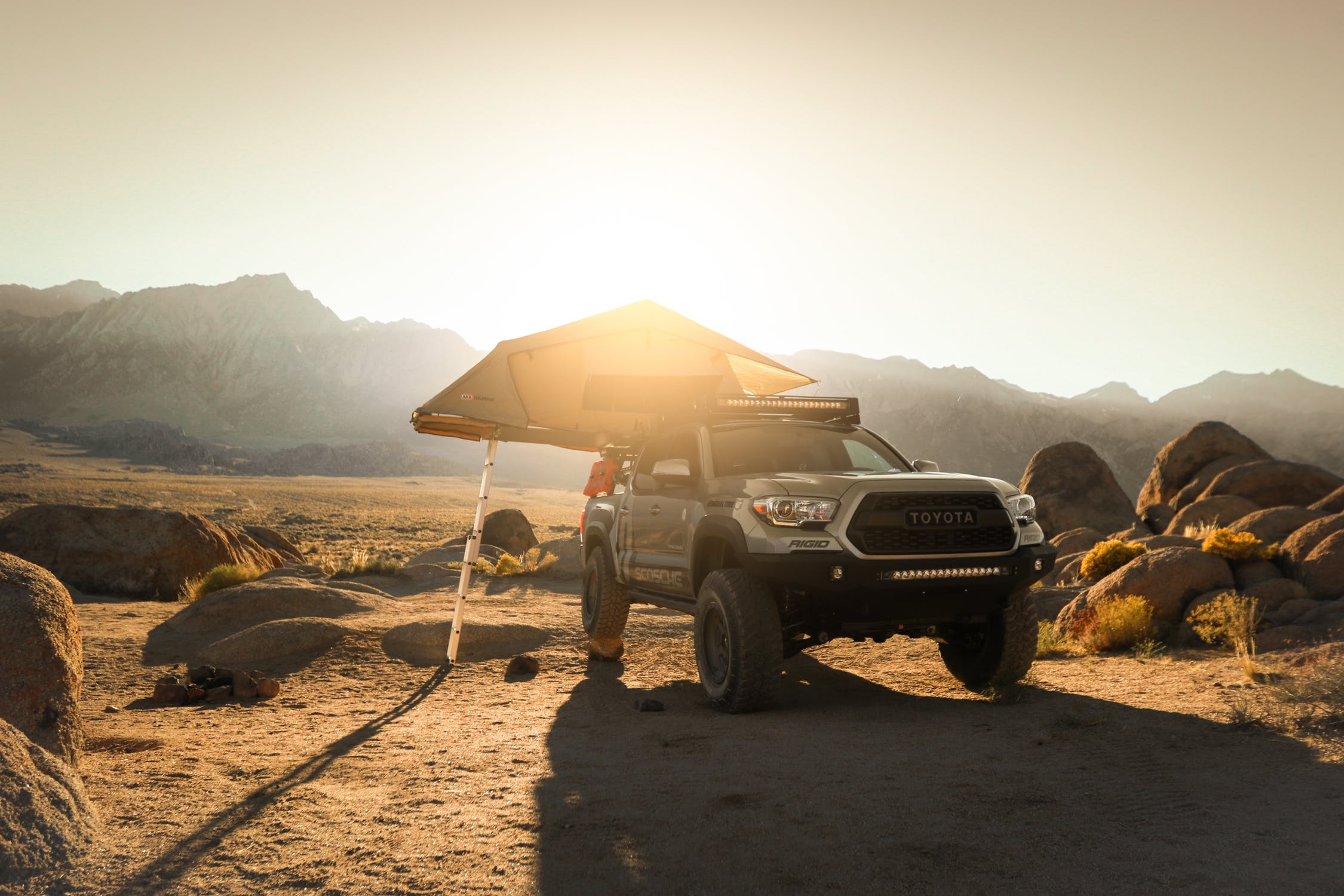If you’ve been bitten by the offroad bug, you’re probably itching to head off the beaten track. But before you go, it’s important to make sure you’re fully prepared. Whether it’s simply a case of making sure your tyres are correctly inflated or whether you want to make full improvements to your car’s engine with Ecodiesel performance upgrades, these tips will ensure that everything is covered and help you to have the adventure of a lifetime.
Training
If you usually drive a regular car and are not used to driving a 4X4, don’t expect that it will be plain sailing. Expect different braking distances and weight distribution, as well as extra unfamiliar gears. To ensure you get the most out of your driving, it would be well worth investing in a 4X4 training course before you set out on your own. Look up reputable driving schools that specialize in 4X4 driving. They can get you up to speed on key driving skills like managing different surfaces and gradients, and selecting the correct gear for the terrain.
Get Your Vehicle Offroad Ready
These days, some offroad enthusiasts treat 4X4 customization as an artform. While not every feature needs to be off-road optimised, it’s worth making sure you’ve customised your vehicle in a few key ways. All-terrain tyres are essential for versatility. You might consider a snorkel for crossing rivers, as you’re certainly not going to get very far after flooding your diesel engine. Heavy-duty springs and shocks like Ridepro 4X4 suspension systems are a no-brainer if you want to have a comfortable ride.
Pack Heavy Below and Light On Top
Once your vehicle is customized for the terrain, you should bear a few things in mind before you load up. Firstly, weight distribution. Usually, the center of gravity on a 4X4 is higher than a regular car. This allows 4X4s to trundle along on difficult terrain without scrapes on the vehicle’s underside. Unfortunately, another consequence is that your 4X4 is more likely to roll. To avoid this happening, pack as much weight as you can low in the vehicle. Avoid securing heaving things like water containers or spare tyres to the roof. While your vehicle might look like a real adventure-mobile, you’ll be sacrificing stability. Reserve the roof rack light for weight items like sleeping bags, mattresses and light tents.
Tire Pressure:
The perfect offroad tire is a much-contested issue, especially the ideal tire pressure for tricky terrain. There is however general agreement that when you head offroad, you should reduce your tire pressure. This increases the surface area of the tire, giving you better grip. Softer tires are also less prone to punctures, and when you’re out in the wilderness, a flat is exactly the thing you don’t want. To get more specific, tire pressure-wise, tackling dirt tracks you’d be looking at approximately 35psi while a lower 30psi would be suitable when you’re doing genuine offroading with no tracks what so over. If you get the chance to have some fun on sandy terrain, you’ll want to lower the pressure right down to 12-15psi so your tires spread out to the max.
If you’re dreaming of leaving the tarmac behind, make sure you consider these tips before you set off on your offroad adventure.


